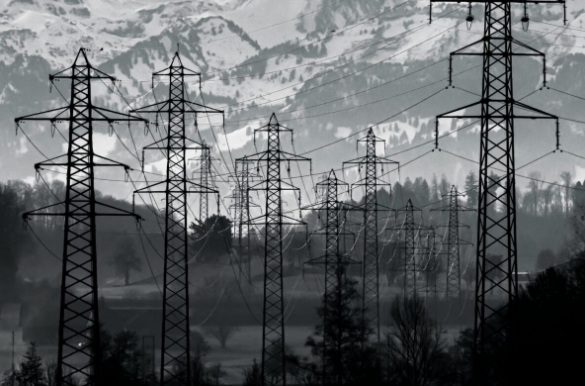
Historically, power plants relying on steam turbines, such as those using nuclear, coal, or gas, have maintained grid frequency. As these plants are gradually retired, inverters in photovoltaic systems, battery storage, and wind turbines must adopt new operational strategies to ensure grid stability. Operating as voltage sources or clock generators is essential but challenging, particularly during faults. Without proper control, inverters may attempt to compensate for sudden voltage drops by increasing power output, which can damage their electronics and often leads to shutdowns.
Led by Florian Dörfler, a professor of complex control systems at ETH Zurich, the team created an algorithm to stabilize grid frequency while protecting inverter hardware. Maitraya Desai, Dörfler’s doctoral student, emphasized the need to independently manage grid voltage and alternating current frequency during faults. The algorithm adheres to this approach, maintaining stable frequency under all conditions by limiting current and allowing voltage to vary as needed.
The team validated the algorithm through computer simulations and successfully tested it on a laboratory system using existing software, eliminating the need for a specialized test environment. This software-based solution enhances its adaptability for practical applications.
Dörfler and his team are now seeking partnerships with industry to integrate the algorithm into real-world systems and incorporate it into new software products. This advancement is expected to improve the reliability and efficiency of renewable energy systems, supporting the transition to a more sustainable energy grid.